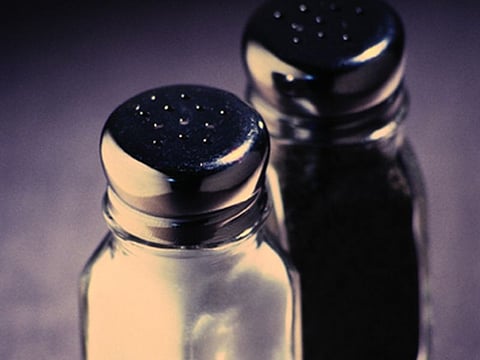TUESDAY, May 9, 2017 (HealthDay News) -- Most of the salt that Americans consume comes from processed foods and restaurant meals, according to a report published in the May 9 issue of Circulation.
The study involved 450 racially diverse adults, aged 18 to 74, living in Birmingham, Ala.; Minneapolis-St. Paul; or Palo Alto, Calif. Between December 2013 and December 2014, the participants were asked to record their daily diet for four 24-hour periods. In addition, the study participants provided samples of salt equivalent to the amount they added at home.
Food diaries from study participants showed that about 3,500 mg of sodium was consumed a day on average. Restaurant meals and store-bought foods -- including crackers, breads, and soups -- accounted for 70.9 percent of salt intake. Salt added while cooking comprised only 5.6 percent of sodium consumption, and salt added at the table accounted for just 4.9 percent, the researchers found. Salt naturally found in foods made up 14.2 percent of dietary sodium, while salt in tap water, dietary supplements, and antacids made up less than 1 percent each.
"This finding is consistent with the 2010 Institute of Medicine recommendation for reduction of sodium in commercially processed foods as the primary strategy to reduce sodium intake in the United States," the authors write.
Abstract/Full Text
Editorial (subscription or payment may be required)


